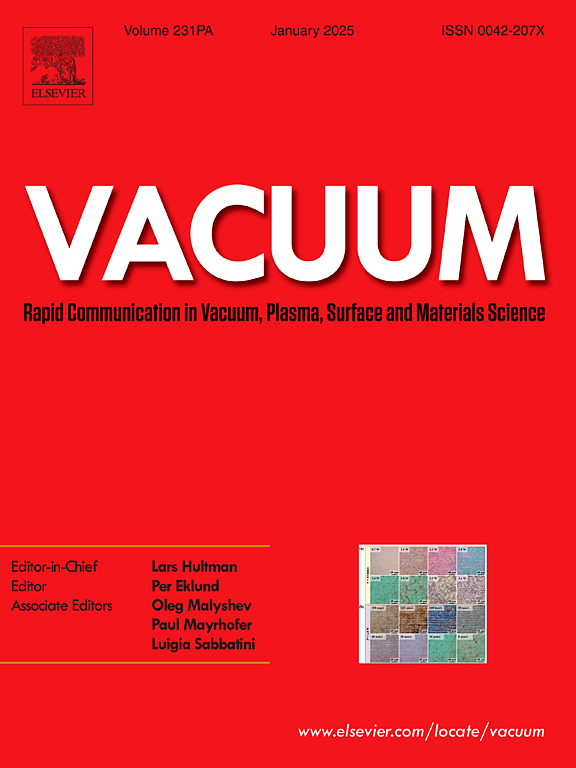Deficient MoO2 facilitating photothermal synergetic catalytic CO2 reduction selectively to CO over P-doped g-C3N4
IF 3.8
2区 材料科学
Q2 MATERIALS SCIENCE, MULTIDISCIPLINARY
引用次数: 0
Abstract
Photocatalytic conversion of CO2 into fuels is considered a promising solution to the climate crisis and fossil fuel depletion. However, most photocatalysts exhibit low CO2 reduction performance because of poor carrier separation, limited light absorption, or insufficient surface active sites. In this study, we fabricated a direct Z-scheme heterojunction (X-MoO2/PCN) using oxygen-deficient molybdenum dioxide (MoO2) and phosphorus-doped graphitic carbon nitride (PCN). Phosphorus doping enhances light absorption of g-C3N4 (CN), while the localized surface plasmon resonance (LSPR) effect in oxygen-deficient MoO2 activates photothermal synergistic catalysis. The heterojunction also facilitates efficient separation of photogenerated carriers. The optimized 15 %-MoO2/PCN composite exhibited yield of CO and CH4 up to 92.11 μmol/g/h and 0.85 μmol/g/h under Uv–Vis-IR irradiation with a CO selectivity highly to 99.10 %, higher than most of the reported g-C3N4-based materials. This work provided a novel approach towards the rational design of a Z-scheme heterojunction for efficient photothermal CO2 reduction.
求助全文
约1分钟内获得全文
求助全文
来源期刊

Vacuum
工程技术-材料科学:综合
CiteScore
6.80
自引率
17.50%
发文量
0
审稿时长
34 days
期刊介绍:
Vacuum is an international rapid publications journal with a focus on short communication. All papers are peer-reviewed, with the review process for short communication geared towards very fast turnaround times. The journal also published full research papers, thematic issues and selected papers from leading conferences.
A report in Vacuum should represent a major advance in an area that involves a controlled environment at pressures of one atmosphere or below.
The scope of the journal includes:
1. Vacuum; original developments in vacuum pumping and instrumentation, vacuum measurement, vacuum gas dynamics, gas-surface interactions, surface treatment for UHV applications and low outgassing, vacuum melting, sintering, and vacuum metrology. Technology and solutions for large-scale facilities (e.g., particle accelerators and fusion devices). New instrumentation ( e.g., detectors and electron microscopes).
2. Plasma science; advances in PVD, CVD, plasma-assisted CVD, ion sources, deposition processes and analysis.
3. Surface science; surface engineering, surface chemistry, surface analysis, crystal growth, ion-surface interactions and etching, nanometer-scale processing, surface modification.
4. Materials science; novel functional or structural materials. Metals, ceramics, and polymers. Experiments, simulations, and modelling for understanding structure-property relationships. Thin films and coatings. Nanostructures and ion implantation.
 求助内容:
求助内容: 应助结果提醒方式:
应助结果提醒方式:


